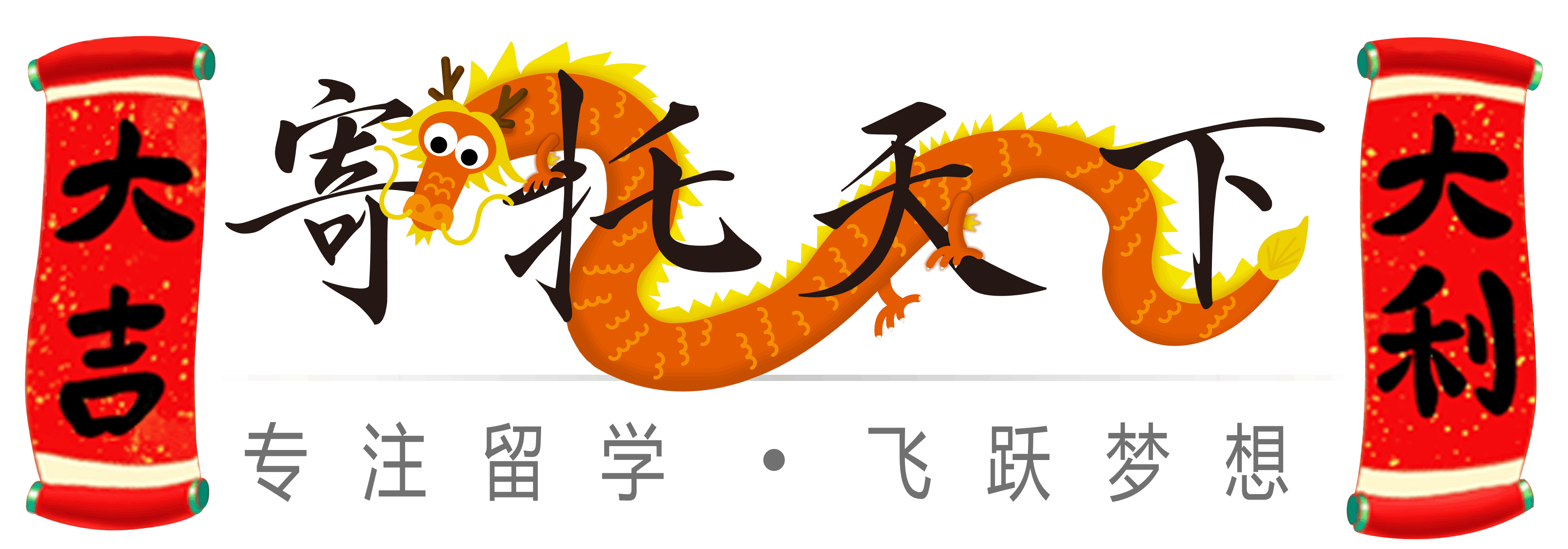- 最后登录
- 2010-6-18
- 在线时间
- 0 小时
- 寄托币
- 37529
- 声望
- 14
- 注册时间
- 2005-9-15
- 阅读权限
- 50
- 帖子
- 93
- 精华
- 17
- 积分
- 32125
- UID
- 2138677
 
- 声望
- 14
- 寄托币
- 37529
- 注册时间
- 2005-9-15
- 精华
- 17
- 帖子
- 93

|
 发表于 2005-12-22 17:11:57
|显示全部楼层
发表于 2005-12-22 17:11:57
|显示全部楼层
BY PRINCETONREVIEW
The December 3, 2005 SAT
http://www.princetonreview.com/c ... YPE=NEW-SAT-REPORTS
The Princeton Review would like to give you the inside scoop on the test. As you may know, The Princeton Review carefully monitors every SAT so that we can provide students with the most up-to-date guidance and information on the test. We thought that you might be interested in what we observed about this latest SAT administration.
We have detailed information on four form codes administered on December 3, 2005: AEBJ, AEOQ, BYBJ, and BYOQ. These tests comprised the same multiple choice/student-response sections but in different orders.
Form BJ OQ
Section 1 ESSAY ESSAY
Section 2 MATH 20q (PS) MATH 18q (PS/GI)
Section 3 EXPERIMENTAL READING 25q (Two Single Passages)
Section 4 READING 24q (Single Passage) WRITING 35q
Section 5 MATH 18q (PS/GI) EXPERIMENTAL
Section 6 WRITING 35q MATH 20q (PS)
Section 7 READING 25q (Two Single Passages) READING 24q (Single Passage)
Section 8 MATH 16q READING 18q (Dual Passage)
Section 9 READING 18q (Dual Passage) MATH 16q
Section 10 WRITING 14q WRITING 14q
Writing Highlights:
As our students have come to expect, most of the Error IDs and Improving Sentence questions tested verb or pronoun errors and general sentence construction. ETS featured a greater number and variety of questions testing parallelism, including a few questions that required fixing a comparison. Other errors included verb tense, pronoun ambiguity, misplaced modifiers and subject-verb agreement. In the hardest Error IDs, ETS tested errors not often picked up by your ear.
Reading Highlights:
The sentence completions on this test were also pretty traditional. The vocabulary in these questions was often more difficult than appears in ETS published Official Study Guide for the New SAT. Even though the language on all of the passages tended to be clear, some of the reading material was dull which made them tedious to read. Some wrong answers were rather obviously wrong, either because the passage never stated the information, or because they weren抰 the point. The topics on the long passages included a narrative, a personal essay, a science passage, and a dual passage.
Math Highlights:
Students should have felt comfortable with most of questions on the math section. Algebra and geometry questions were plentiful. Substituting a number of your own for variables answer choices could be used to solve a third of math questions. The test featured questions testing translation, averages, percents, and ratios. There were a number of geometry problems that tested circumference, perimeter, area, volume, and angle rules in triangles. There were also a few questions that tested the f(x) notation. Other questions included reading charts, solving for absolute value, and using exponent rules.
[ Last edited by sandyluox on 2005-12-22 at 17:18 ] |
|




 GO
GO






 发表于 2005-12-22 17:11:57
发表于 2005-12-22 17:11:57




 发表于 2005-12-23 14:36:45
发表于 2005-12-23 14:36:45





